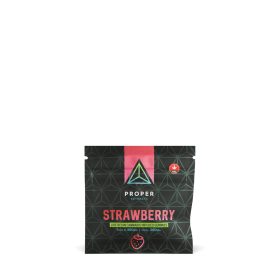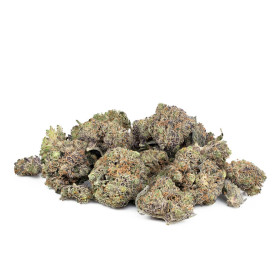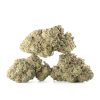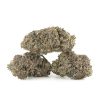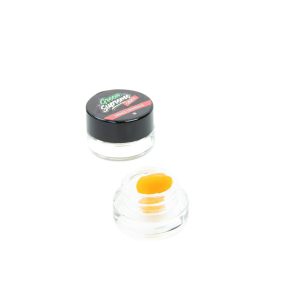Education
Cancer and Marijuana
Overview: Cancer is one of the leading causes of death in the world. It causes 1 in 6 global deaths and around 40% of Americans will be diagnosed with cancer at some point of time. Cannabis plants originated in Central Asia and is grown worldwide today. They are better known for wrong reasons than for their medicinal values, despite the fact that they have been used for medicinal purpose for thousands of years.
Cannabinoids: Cannabises have many biologically active ingredients called cannabinoids; out of which two chemicals THC (delta-9-tetrahydrocannabinol) and cannabidiol are under study for medicinal values. Dronabinol and Nabilone, two of the cannabinoids are approved by the FDA for medical treatments. Both Dronabinol and Nabilone are used to treat nausea and vomiting caused by cancer chemotherapy, primarily when other methods of controlling nausea and vomiting have not worked well.
Cannabis’ status in U.S.: U.S. Government has classified cannabis as Schedule 1 drug. This classification implies that cannabis has a high potential for abuse and is not currently accepted for medical use in treatments in the U.S. Even under medical supervision, there is a lack of accepted safety for use of this drug. It is also illegal for any persons to manufacture, distribute, dispense or possess this drug unless specifically authorized. This imposes a number of impediments on researchers in scientific research.
Benefits of Cannabis for People Living with Cancer: Cannabises have different compounds and different strains which are resultant for different actions in the human body. Some combinations have successfully benefited cancerous people with respect to antiemetic effects, appetite stimulation, relief in pain and nausea, inflammation, anxiety and paranoia reduction, treating seizures and improved sleep. The effect of cannabis depends on how one consumes it. If taken by mouth, the THC takes hours to absorb which is then processed by the liver. It produces a second psychoactive compound and change consciousness, which is different from the effect from THC. If inhaled, the THC enters the bloodstream and reaches the brain quicker. Here, the second psychoactive compound has comparatively less of an effect, which fades faster as well.
Oncologists’ Take: Despite the classification by U.S. government, some oncologists support the option of recommending cannabis in cancer treatment. This is because of the documentation of benefits of using cannabis to relieve cancer symptoms. On the other hand, some oncologists have the opinion that people who are very excited about getting the cancer cured by cannabis oil forget that they are also undergoing conventional treatment. How much of their treatment is because of conventional treatment and how much is because of cannabis oil is difficult to ascertain?
Side Effects of Cannabis: As is applicable with all medicines, cannabises have their share of side effects. One of the most common side effects is addiction. Once the patient gets the hang of the high, it becomes an addiction which is very difficult to get rid of. It may also make the patient lose the control over movements, cause disorientation and cause unpleasant thoughts of paranoia. When a patient inhales cannabis, he inhales the same harmful substances found in tobacco smoke which are obviously not good for their health.
Cannabis for sure plays a role in relieving the patients from cancer symptoms but much more research is required to see if cannabis actually helps in cancer treatment. With the restriction put by the U.S. government, it is difficult for researchers to continue their studies.


